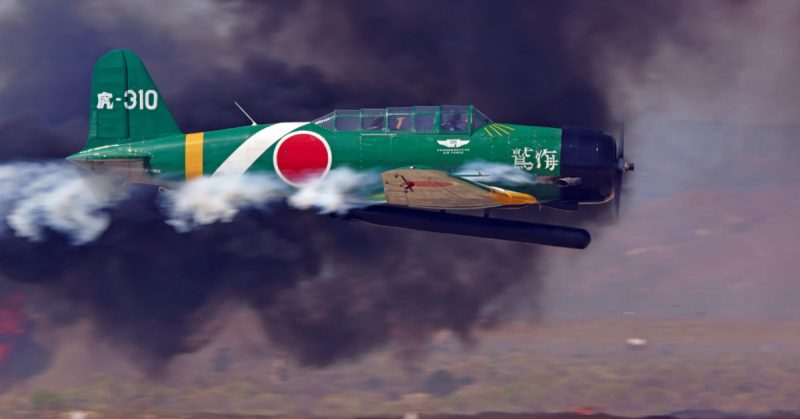The attacks were successful and both ships were sunk, with 424 British seamen killed and 1,120 men left in the water for many hours after the attack.
The success of Japan’s surprise attack on Pearl Harbor on December 7, 1941 completely altered the course of the Second World War, drawing America into the conflict. Japan, emboldened by how well things had gone in their attack there, decided to try to repeat their success in the Indian Ocean 119 days later.
This time they targeted the British colony of Ceylon, now the independent nation of Sri Lanka, in an attack that Winston Churchill described as being “the most dangerous moment of the war, and one that caused [him] the greatest alarm.”
This was because after the fall of Singapore, if Japan had managed to take Ceylon they would have had complete control over the Indian Ocean. However, due to both the tenacity of the defenders and the heroic actions of one Royal Canadian Air Force (RCAF) pilot, the attack was repulsed.
After Singapore had fallen to the Japanese in February 1942, the westward Japanese advance through east and southeast Asia was starting to look unstoppable. With Singapore in their possession, one final stepping stone stood between the Japanese and both India and the control of the entire Indian Ocean: the island of Ceylon.
A Japanese attack on Ceylon was all but inevitable. The only question was when.
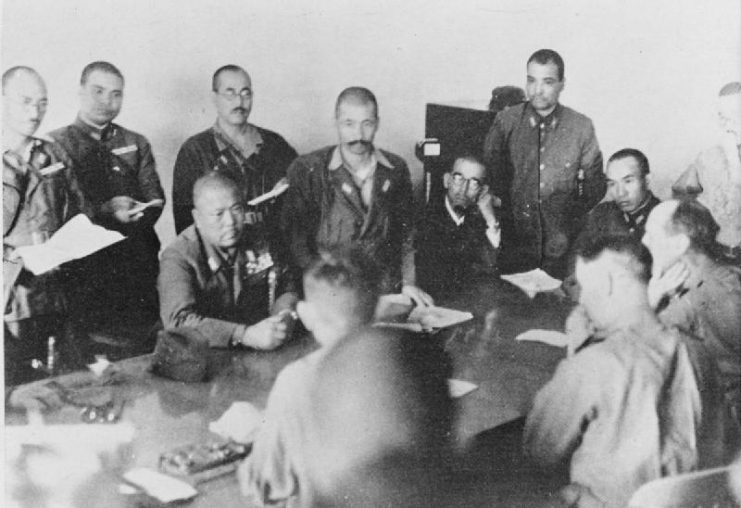
British morale in Ceylon was already low in the early months of 1942. The loss of Singapore, along with losses in battle during Japan’s Malaya Campaign, had served as a major blow to the British, both in terms of loss of troops (around 80,000 British and Commonwealth troops were taken prisoner in the Fall of Singapore, and 50,000 in the Malaya Campaign) and of a huge dent in morale.
The Japanese, eager to maintain their powerful momentum, planned their raid on Colombo, the capital of Ceylon, for Easter Sunday, the 5th of April 1942. Had it not been for the actions of the brave RCAF pilot, the attack might – as it had in the case of Pearl Harbor – come as a surprise and succeeded.
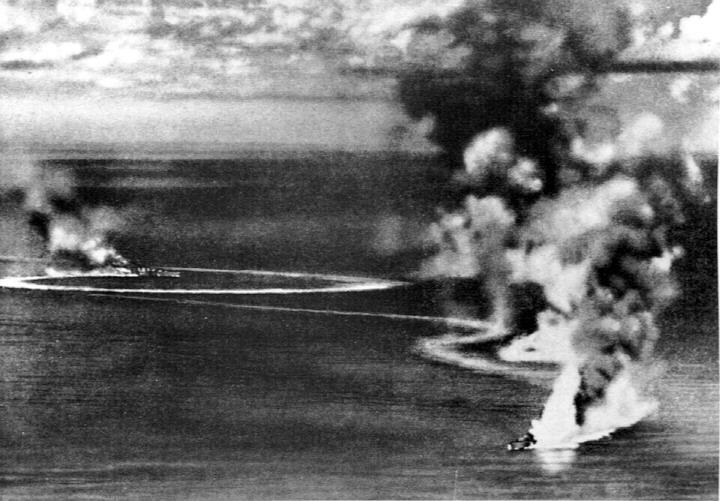
As it happened though, RCAF Squadron Leader Leonard Birchall was on a patrol flight over the ocean around 400 miles south of Ceylon in a PBY Catalina on April 4 when he spotted something suspicious on the horizon. Upon closer investigation, the objects he had sighted turned out to be a large Japanese naval fleet heading straight for Ceylon.
Alarmed, Birchall managed to send out a radio message warning the command at Colombo of the presence of the Japanese fleet before his Catalina was shot down by Japanese A6M2 Zero fighter planes.
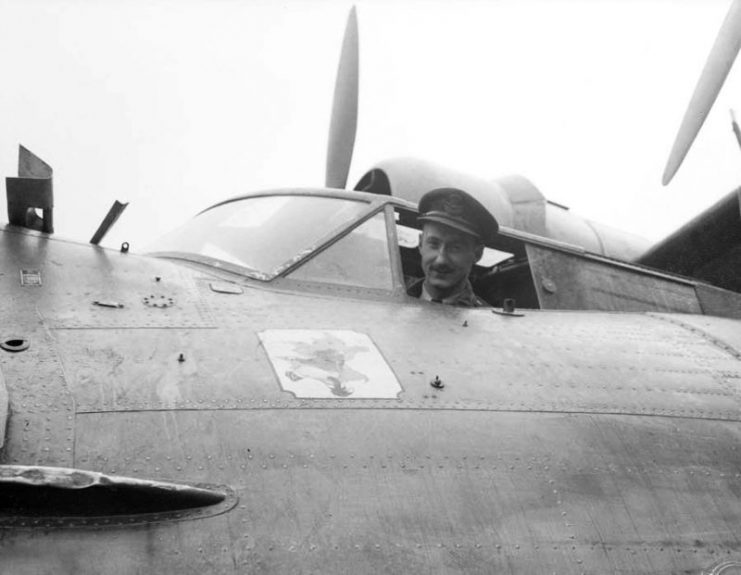
Birchall and the crew members of the Catalina that had survived the machine-gunning and subsequent crash into the ocean were picked up by the Japanese and interrogated. Birchall told them that the plane’s radio had been destroyed by machine gun fire before he had been able to send out a warning about the Japanese fleet.
The fact that the Japanese believed him was a crucial factor in the battle that was to follow.
The Japanese launched their assault the next morning, Easter Sunday, at which time a number of people were attending church services. Expecting their attack to go as it had at Pearl Harbor – indeed, many of the same Japanese planes and pilots who had participated in the raid on Pearl Harbor participated in this raid too – with their targets being completely unprepared, the Japanese were in for a rude awakening.
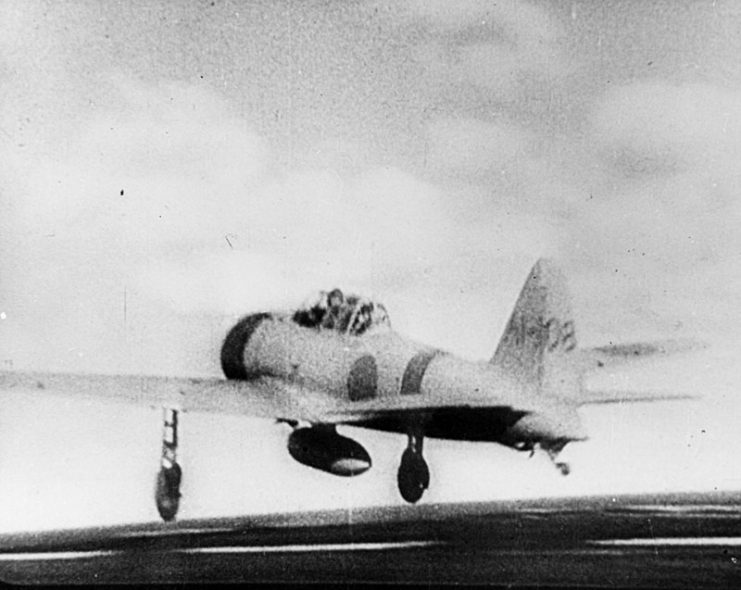
Alerted by Birchall’s radio message the previous day, Colombo was prepared for the raid. British and Commonwealth troops – who were from places from as far afield as East Africa, Pakistan, Australia and India – defended the city with anti-aircraft guns, raking the Japanese planes with heavy and sustained fire. Twenty-five Japanese planes were either shot down or badly damaged.

Part of the Japanese attack did succeed, though. A number of British aircraft were destroyed at Ratmalana Airport, and the defense was certainly not as well-organized as it could have been, owing to the fact that the defenders had underestimated the range of the Japanese planes.
Two ships in the harbor, HMS Tenedos and HMS Hector, were sunk by Japanese bombs. The majority of the Allied naval fleet, though, had been moved out of Colombo Harbor in preparation for the raid, and thus many British naval ships were saved.
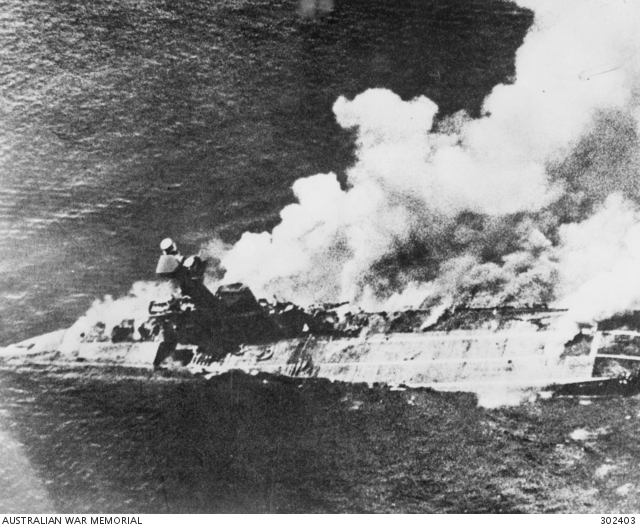
After the air raid, the Japanese attacked two British cruisers, HMS Cornwall and HMS Dorsetshire, in the ocean around 200 miles southwest of Ceylon. The attacks were successful and both ships were sunk, with 424 British seamen killed and 1,120 men left in the water for many hours after the attack.
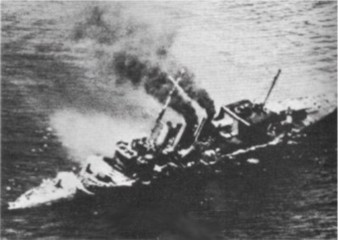
Read another story from us: Japan’s Ace Producer – 6 Mitsubishi Fighters
This attack was followed up a few days later, on April 9, by a raid on Trincomalee Harbor. During this week of raids almost 1,000 British and Commonwealth servicemen gave their lives to defend Ceylon, and the sacrifices they made were ultimately a success. Japan failed to get the British fleet out of Ceylon, and failed to take Colombo.
If the Japanese had achieved either of these objectives, the war may well have ended up going very differently for them.
